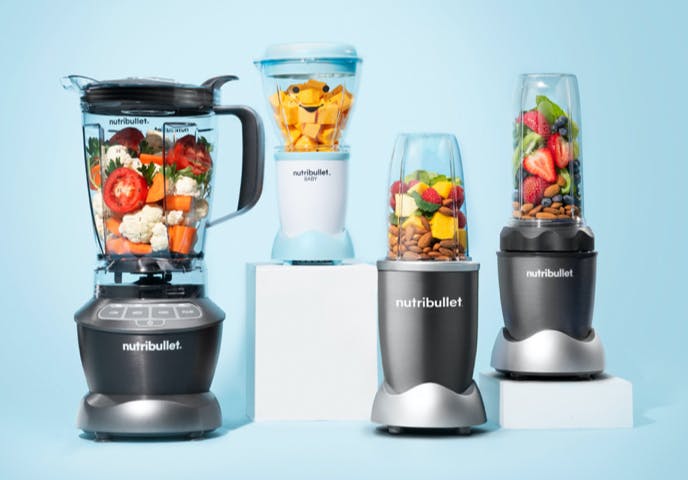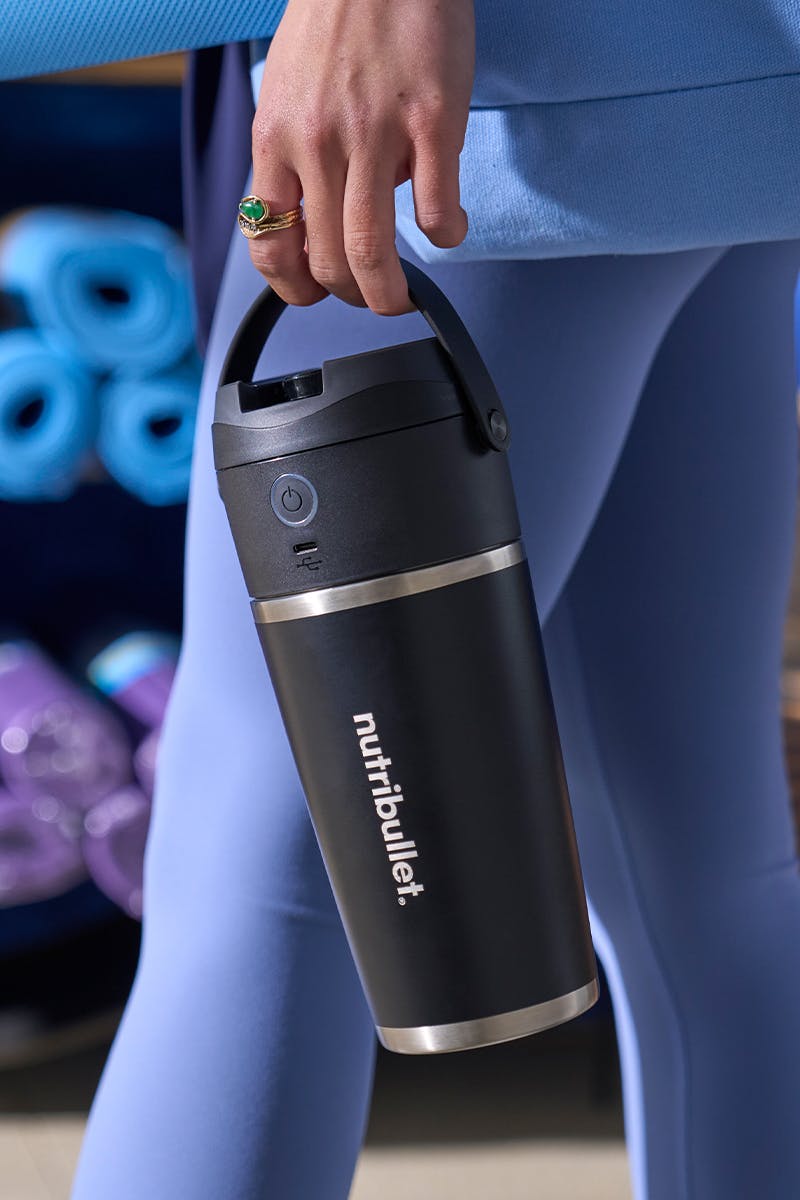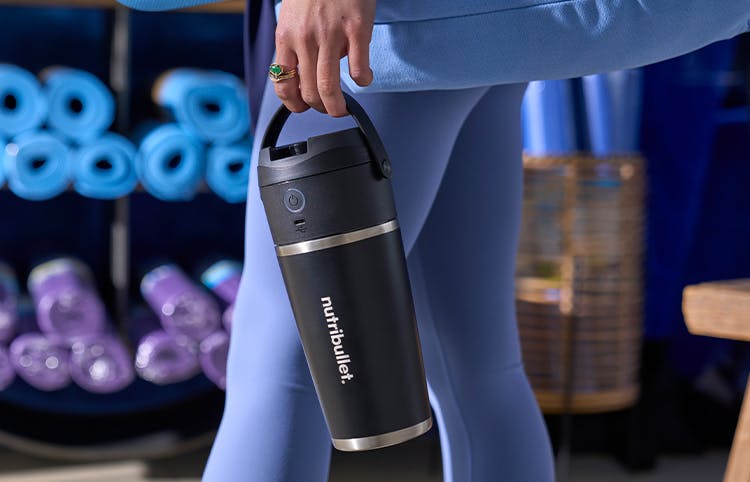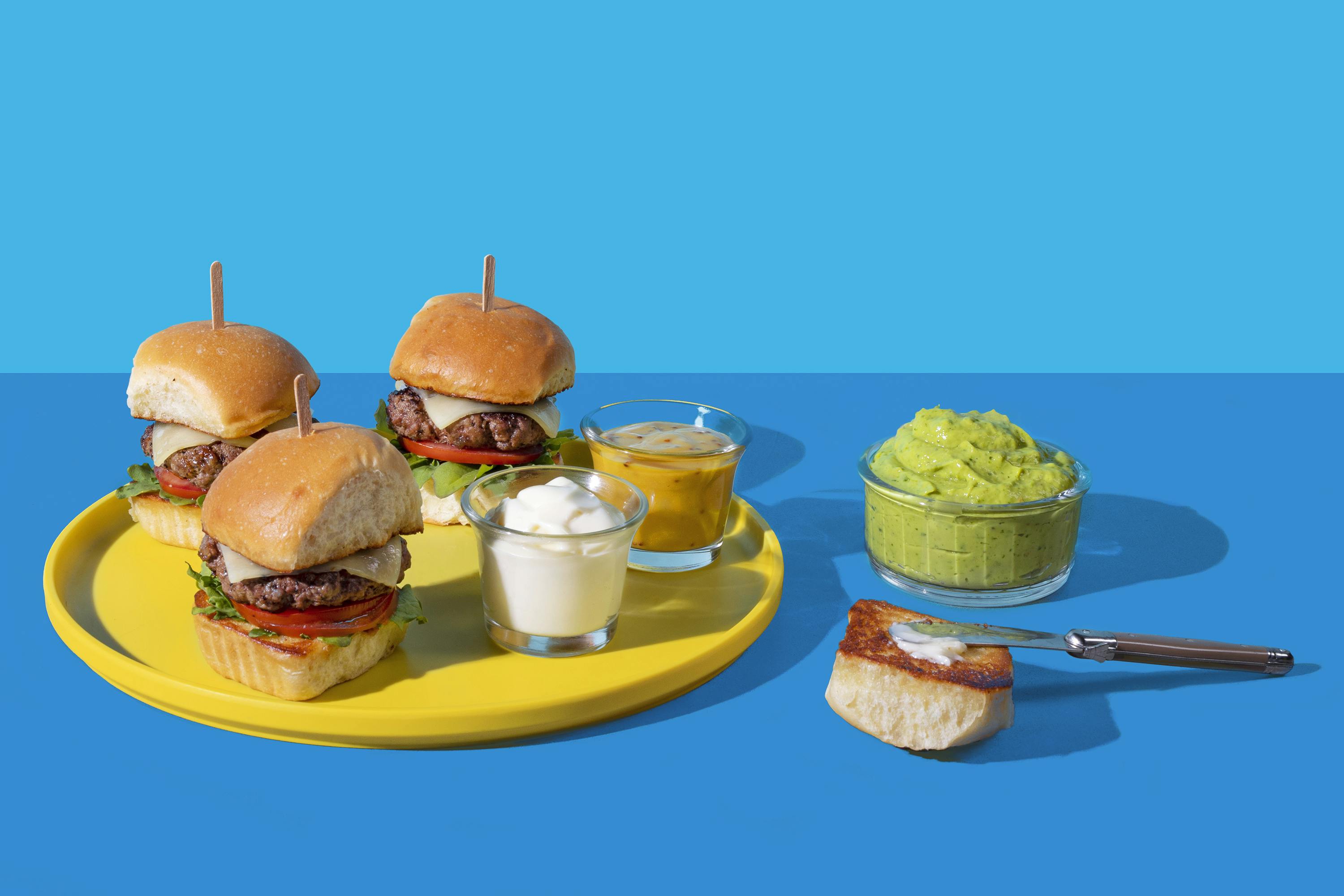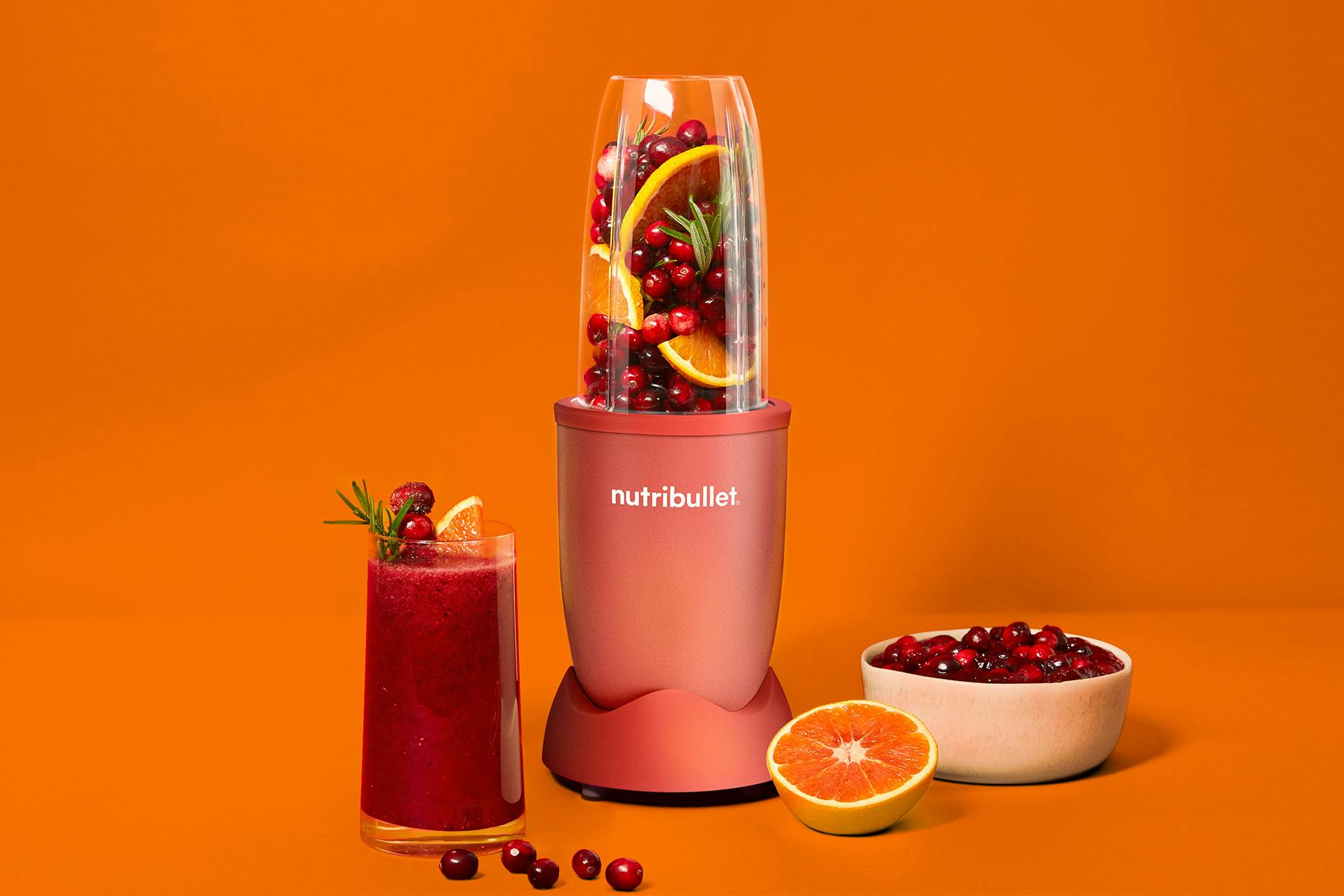Many people ask, “What should I eat?” when the better question is “What shouldn’t I eat?” There are unhealthy ingredients in many grocery store products that we all need to be able to identify and limit – or better yet, eliminate – from our diets.
While there are many ingredients to be aware of, let’s start with what I like to call the Frightful Five. By getting these under control first, you can significantly improve the integrity of your diet. Once you become aware of what products contain these five ingredients, you can move onto others.
1. Sugar
Sugar, itself, is not always “bad”. In fact, it’s a natural ingredient grown from a plant! The problem is that we eat WAY too much of it. Unless you’re on a low glycemic diet, don’t worry too much about naturally occurring sugar found in fruits, vegetables, milk, and plain yogurt. However, be very wary of the excess sugar that’s added to food, including sugary bottled drinks and smoothies, fruit juices, cereals, and packaged snacks such as fruit snacks and granola bars. Here are some words to look for on labels in order to identify excess added sugar:
- Sucrose
- Maltose
- Dextrose
- Fructose
- Glucose, glucose solids
- Galactose
- Lactose
- High fructose corn syrup, corn syrup, corn syrup solids
- Cane juice, evaporated cane juice, cane juice solids
- Agave
- Maple Syrup
- Molasses
- Honey
- Maltodextrin
- Barley Malt
- Date Sugar
- Malt syrup
2. Artificial Sweeteners
Aspartame tops my list of sugar substitutes to avoid, especially when scientists have found a link between aspartame and cancer. The Center for Science in the Public Interest (CSPI) also recommends avoiding acesulfame potassium, saccharin, and sucralose. CSPI considers stevia leaf extract to be safe but cautions us against consuming monk fruit extract. Natural sugar is always the best choice when it comes to sweeteners. This includes adding real sugar to your coffee and tea, as well as choosing precuts with natural sugar as a sweetener.
3. Caffeine
Caffeine is considered a drug. In fact, it’s the only drug that is either naturally occurring or added to commonly consumed foods. Caffeine is also considered mildly addictive, which is why many soda brands add caffeine to their products. If you have ever tried to give up caffeine, you may have noticed withdrawal symptoms such as headaches, irritability, sleepiness, and lethargy. Labels don’t always list how much caffeine is in a product so it’s important to learn what products contain caffeine and limit the amount you consume. We obviously think of coffee, tea, chocolate, and soda when we think of caffeine, but you’d be surprised to find caffeine in other foods, including sports drinks, energy drinks, and protein bars.
4. Food Dyes
Commonly used food dyes, such as Yellow 5, Yellow 6, and Red 40, pose health risks, including behavioral problems and hyperactivity in some children. Some dyes have also been linked to increased cancer risk (Red 3) and many have been blamed for allergic reactions (Yellow 5, Yellow 6, Red 40, and Blue 1). CSPI recommends that consumers avoid all foods containing food dyes, but it’s still up to the consumer to know what products have food dyes. Many times, it’s unclear unless you read the label. Companies are working with the Food and Drug Administration (FDA) to remove food dyes from our food supply. So far, they’ve succeeded in having warning labels on certain products.
5. Hydrogenated Fats
Hydrogenated fats, also called trans fats, start out as good monounsaturated or polyunsaturated fats. However, they’re unnaturally altered by the addition of hydrogen atoms. The purpose of this synthetic process is to make a food product more stable in order to extend shelf life. For example, many crackers contain hydrogenated fats in order to keep the products on the shelf longer and, in turn, sell more. The same goes for margarine, cookies, candy bars, granola bars, flavored boxed rice medleys and many more. It changes an otherwise healthy food into a processed synthetic version. Your body metabolized these fats as saturated fats because, by adding hydrogen atoms, these unsaturated fats now look exactly like saturated fats. This can cause deleterious effects such as poor lipid profile and atherosclerosis. And some research showed that they may also be linked to an increased risk of cancer.
Once you begin reading labels and steering clear of these ingredients, you’ll be well on your way to a healthier and more balanced diet, filled with natural whole foods. And you will feel healthier, too!










